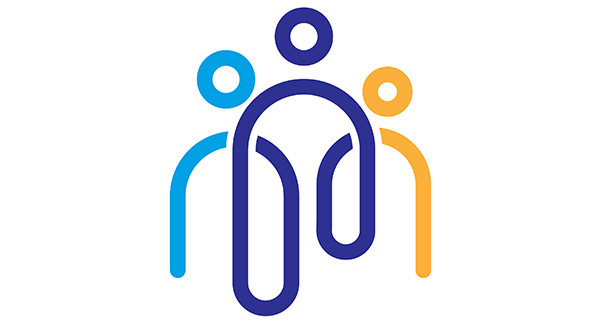 (Art by iStock/Topdesigner)
(Art by iStock/Topdesigner)
Stanford Social Innovation Review was launched in 2003. Since then, we have published thousands of articles, many of which have had a significant impact on the field of social innovation. Our most popular article of all time, though, is one we published nine years ago that has been viewed or downloaded by nearly one million people: “Collective Impact,” by John Kania and Mark Kramer.
That seminal article introduced a collaborative approach to tackling social problems that has been adopted, in whole or in part, by thousands of organizations around the world. The term collective impact has become so popular that in many instances it has been used to describe almost any type of work that organizations pursue together.
That isn’t, however, what the authors intended. “Collaboration is nothing new,” wrote Kania and Kramer in 2011. “The social sector is filled with examples of partnerships, networks, and other types of joint efforts. But collective impact initiatives are distinctly different.
“Unlike most collaborations, collective impact initiatives involve a centralized infrastructure, a dedicated staff, and a structured process that leads to a common agenda, shared measurement, continuous communication, and mutually reinforcing activities among all participants.” In short, collective impact is a particular way of collaborating that demands a great deal out of the participating organizations.
While many collaborations adhere to the tenets of the collective impact model, many don’t. Yet these collaboratives continue to call their work “collective impact.” One of the reasons collaboratives do this is because of the dearth of alternative approaches.
In this issue of SSIR, we publish an article that introduces a new way to describe and structure collaborative work: “The Community System Solutions Framework,” by Rong Wang, Katherine R. Cooper, and Michelle Shumate.
Rather than putting forward a model with a fixed approach, as collective impact is, the authors have created a flexible framework that collaboratives can adapt to different types of situations. “Our purpose is not to suggest one singular model, but rather to demonstrate that communities may find that different approaches are better suited to their current environment, the population served, the problem each community is facing, and existing partnerships within a community.”
The community system solutions framework is structured around two factors: the style of governance the collaboratives use and the amount of cross-sector participation they achieve. From this the authors devised a two-by-two matrix that collaboratives can locate their work within, depending on the amount of cross-sector engagement and how centralized the governance structure of the collaborative is.
Many collaboratives will find this new framework helpful. But the field of social innovation needs to be judicious about how and when it is used. What we don’t need is for the community system solutions framework to replace collective impact as a universal description of all collaborative activity. Rather, it should be seen as one approach among many that can be adopted when appropriate.
Support SSIR’s coverage of cross-sector solutions to global challenges.
Help us further the reach of innovative ideas. Donate today.
Read more stories by Eric Nee.

